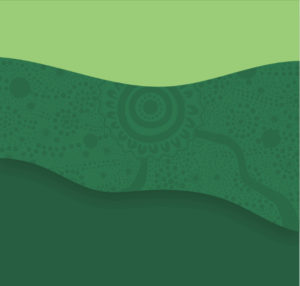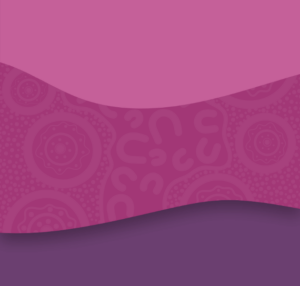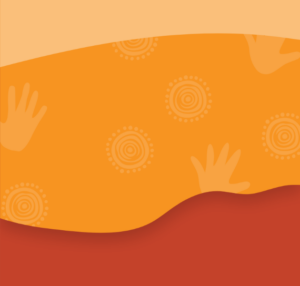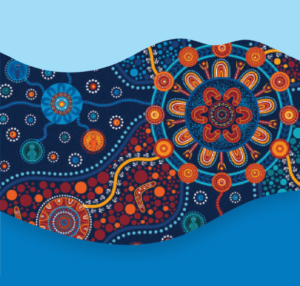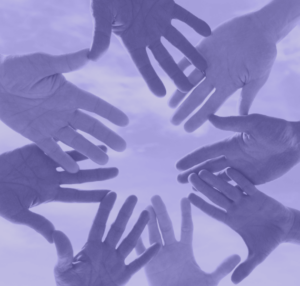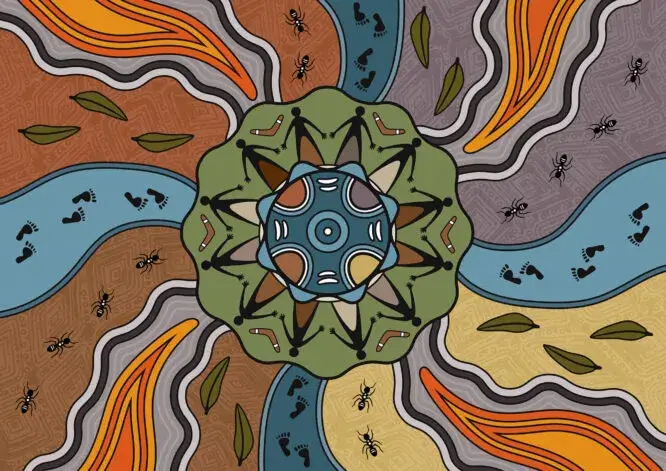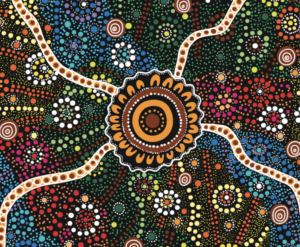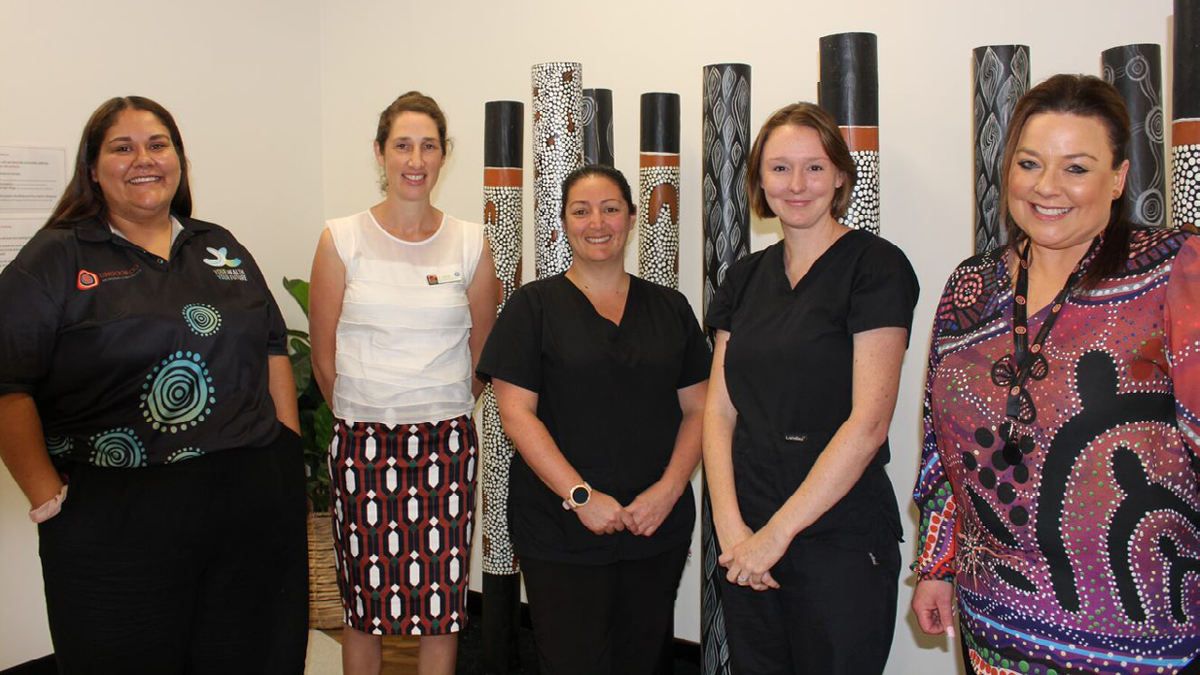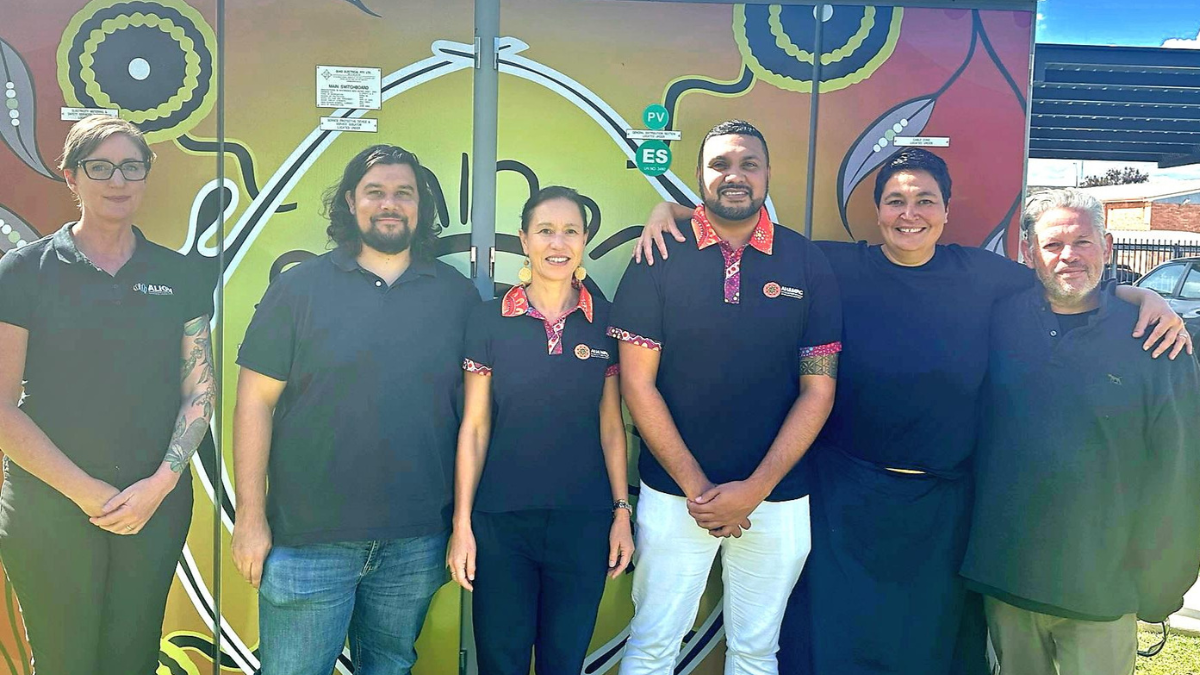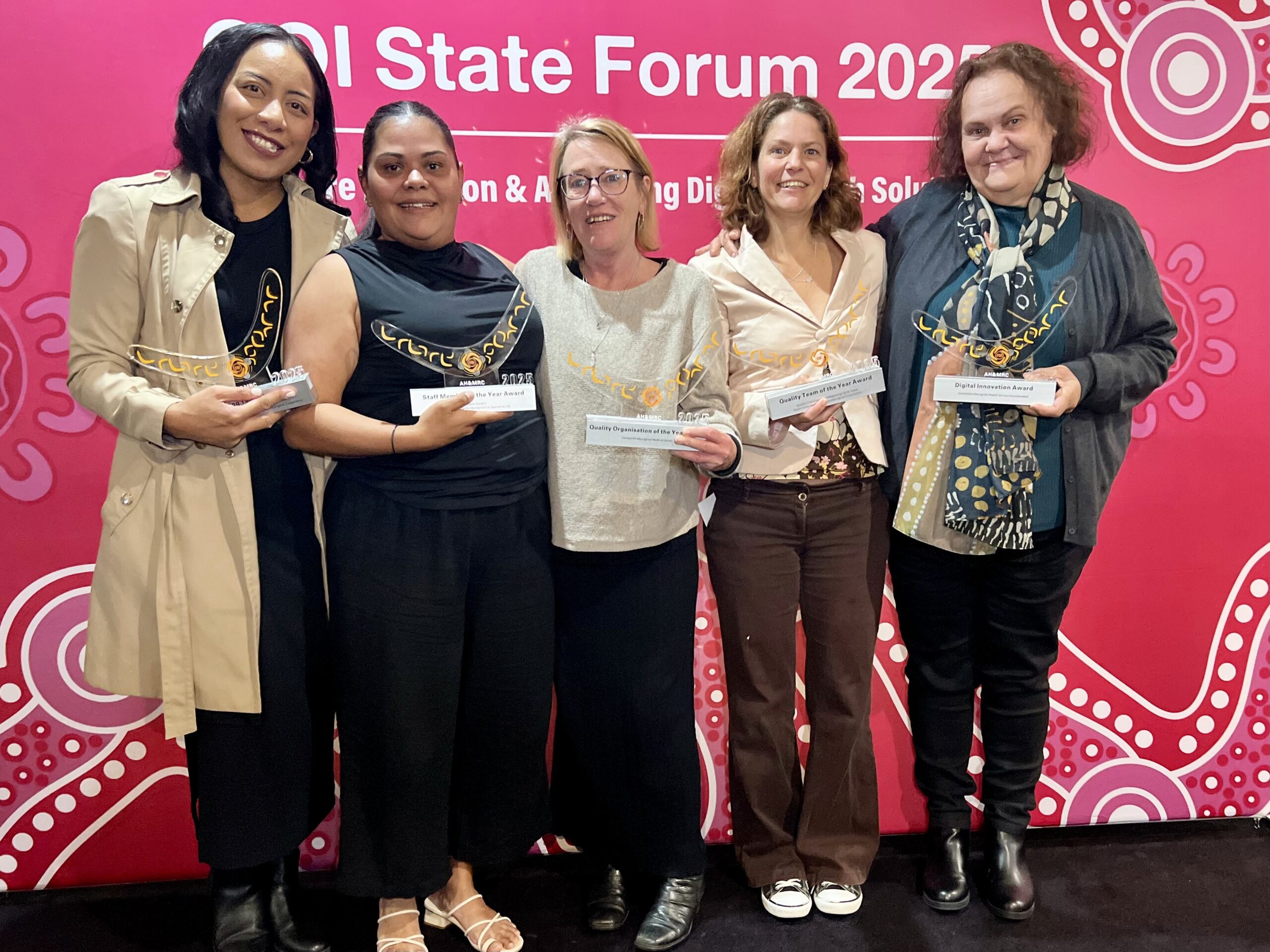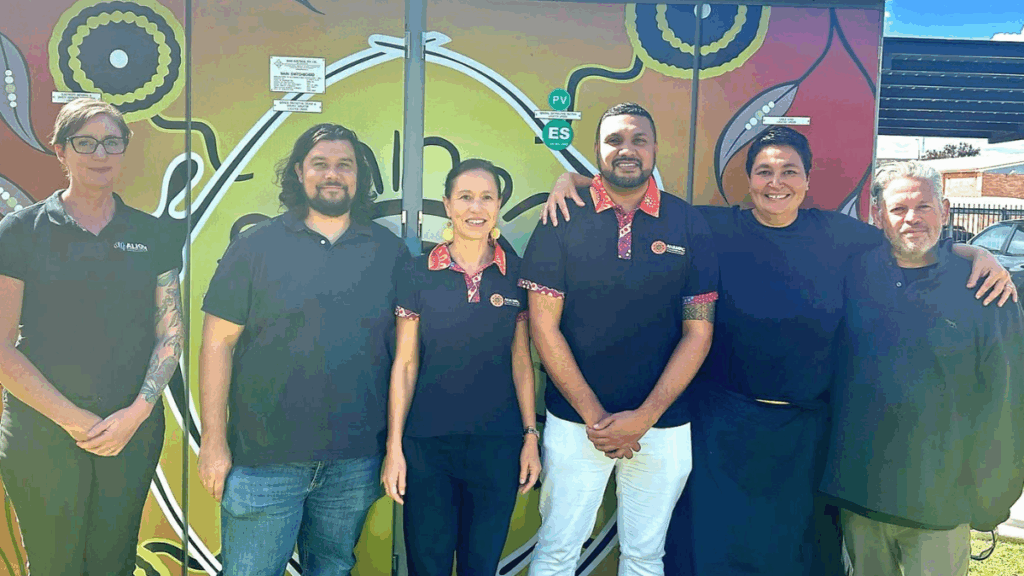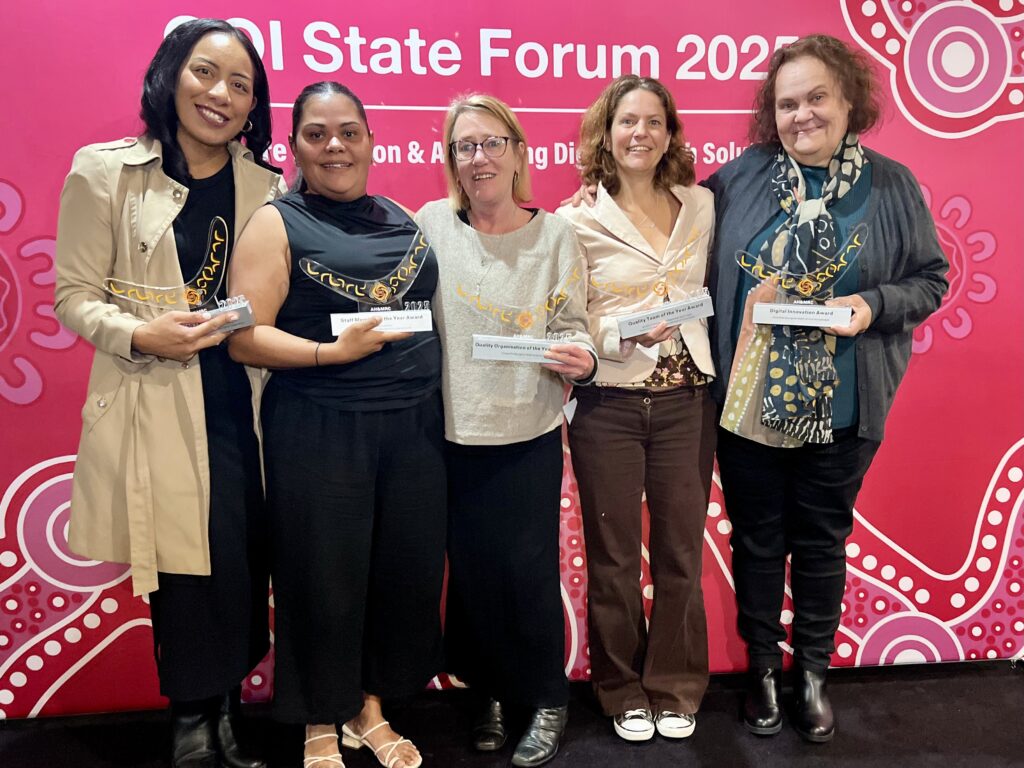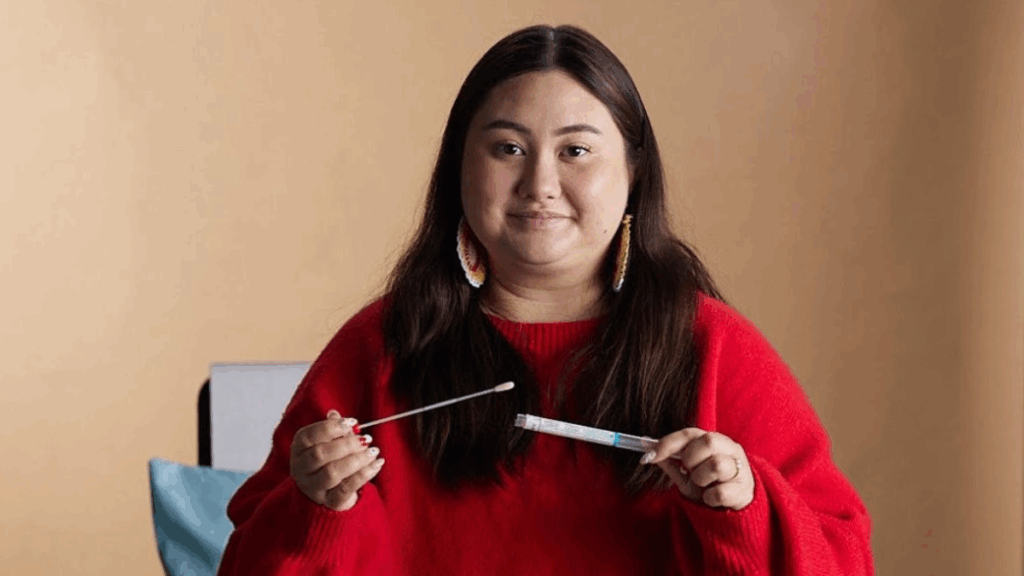Photo caption: (L-R): Mariah Hall – Aboriginal Health Practitioner, Dr Liz Milla – GP, Hayley Waugh – RN, Brooke Turner – RN CLINICAL COORDINATOR and Taasha Layer – CEO
Having swept through the health sector on the back of emergency Federal Government pandemic funding, Telehealth and its sudden prominence will likely have positive health ramifications for many years to come, particularly in regional and remote areas.
According to government figures, 54 million Telehealth services (defined as a health consultation via phone or video) was completed in Australia between March 2020 and March 2021, and 281 new temporary MBS item numbers were added to the schedule (meaning those services could be billed to Medicare). This represents an extraordinary rise from approximately 20,000 to around 4.5 million Telehealth appointments per month.
Ungooroo Aboriginal Corporation is one organisation that quickly jumped on the Telehealth express. Ungooroo runs a regional health service located in Singleton, NSW and because of their remote location, they had already partially adopted Telehealth for some specialist services (such as psychiatry) that didn’t have a physical presence in the area. Brooke Turner is Ungooroo’s Clinical Coordinator and says that while the practice found Telehealth valuable right from the beginning, it really came into its own with the arrival of the pandemic.
“Myriad benefits soon became apparent. In addition to an increase in usage for specialist services, Ungooroo started using Telehealth for general appointments, giving test results and follow-ups, and we will soon start to use it for medications too with the rollout of e-script,” she says.
“Its flexibility has been one of its greatest features. For example, if someone has an appointment but can’t make it to the clinic, we can offer a phone consult instead and still bill Medicare. It fills that gap and definitely reduces the problem of, ‘Fail to Attend’ in appointments. The doctors also love it because they can do follow-up appointments much more efficiently.”
Brooke says the Ungooroo team was able to adjust quickly to the new way of working although, because of the urgency, it was a bit of a scramble to set the technology up, write new procedures and adjust to the new way of working.
“We were concerned we might miss a key symptom, particularly when Covid was really bad and we were doing upwards of 70% of appointments via Telehealth, but we always reserved several in-person consultations at the end of the day, just in case there was a patient who really needed to be seen.”
According to Brooke, Telehealth has definitely helped patients access appointments with specialists and other allied health professionals. “We’re only an hour from Newcastle, but there are no specialty services near us and next to no public transport. For many patients, Telehealth has been fantastic, they love the convenience of it,” she explains.
“I hope Telehealth continues to expand with more specialist services coming on board. We have a two-year waitlist for children to see a pediatrician, for example, but I feel that Telehealth could significantly reduce this.”
Today, Brooke says that while Ungooroo remains an important community hub for the local Aboriginal community, where coming together for a face-to-face yarn will always be important, Telehealth is here to stay and the ideal balance would be 30% Telehealth, 70% in person.
“Things were tending in the Telehealth direction anyway, but the urgency of Covid allowed us to finally get the funding we needed. It’s knocked years off the transition and there is no going back. It’s significantly helping us improve the health outcomes for patients.”
For any Aboriginal health services considering increasing their Telehealth offering, Brooke says it is definitely worth it, but she would recommend bringing a consultant in initially to help set the system up and train the staff.
“We’re a small, relatively young and computer-savvy team, so we just went straight for it. But working with technology can be confusing and frustrating. To succeed, it must be carefully thought through so you don’t lose people before you’ve even got started,” she says.
For more information regarding telehealth, and how it can be used in your service, contact Aashima Bhatnagar on abhatnagar@ahmrc.org.au or call (02) 9212 4777.
